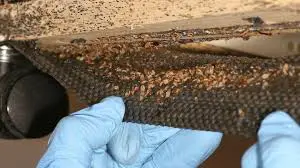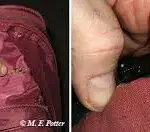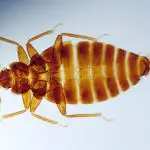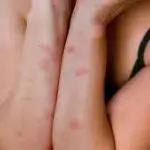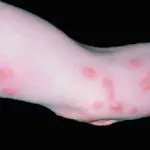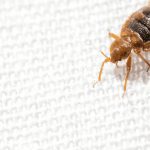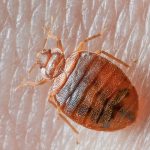Where Can I Find Bed Bugs?
The first sign of a bedbug infestation is the presence of bedbug shell casings, or husks. These translucent, hollow outlines are deposited by the female bedbug. These can be found in crevices, on wooden furniture, or in upholstered furniture. Besides the eggs, you can also find the abandoned shell casings of bedbugs, which are also called husks or shed skins. These are reliable early signs of an infestation and can be easily found by examining the furniture.
After checking the bedding, you should inspect the dresser or nightstand thoroughly. You should also flip over dressers to inspect the woodwork underneath. Bedbugs like to hide in crevices and cracks, so make sure to check these areas thoroughly. In addition to these areas, you should also inspect your closets. Unfolded clothing and clutter can also harbor bedbugs.
If you suspect that you have a bedbug infestation, it is a good idea to contact your health provider for advice. While you can use Benadryl to relieve itching, a stronger antihistamine can also be prescribed by your doctor. In severe cases, bedbug bites can cause systemic allergic reactions. These reactions can range from asthma and hives to anaphylaxis. Furthermore, constant scratching of bedbug bites can lead to secondary infections. These secondary infections can include impetigo, folliculitis, and cellulitis. Therefore, you should wash the affected area after a long period to reduce the risk of infection.
In addition to being tiny and flat, bedbugs can easily travel from room to room, which makes them difficult to detect. They can enter homes and apartments through clothing or luggage, or from secondhand furniture. Often, these insects are spread throughout a home, especially if the building has many rooms, so a thorough inspection of each unit is necessary.
